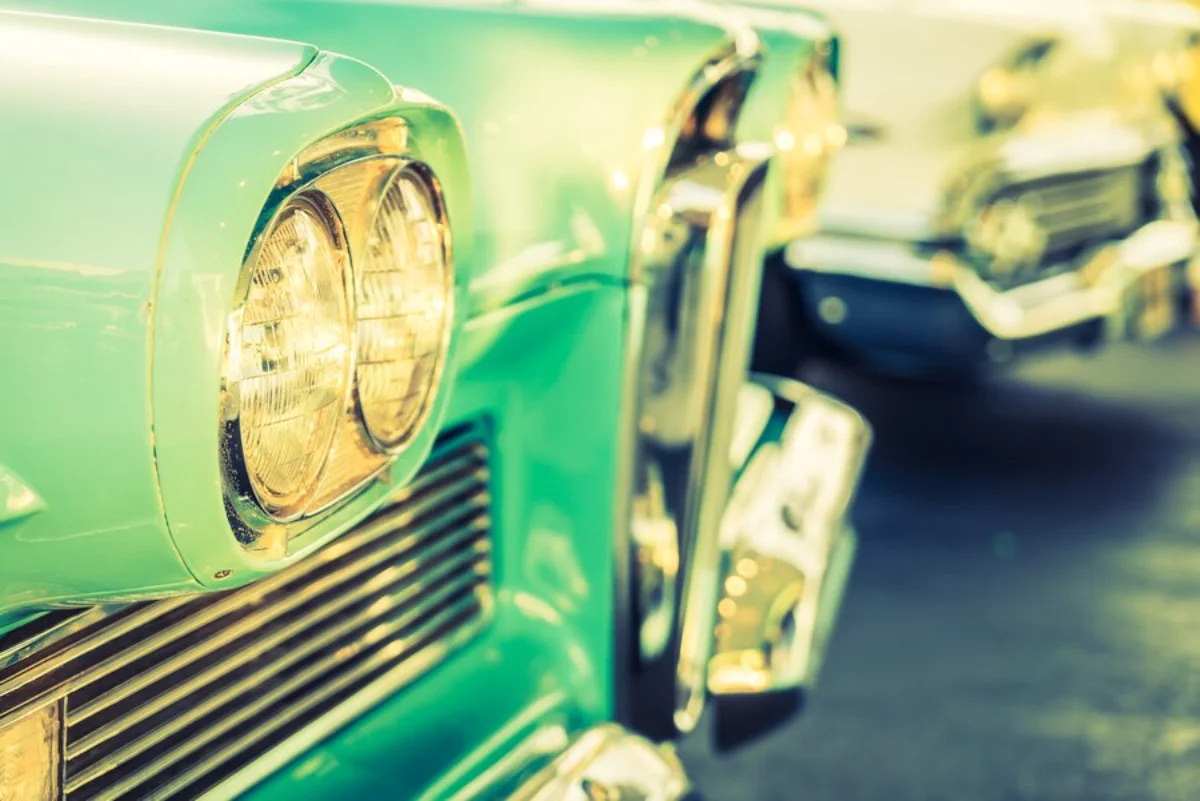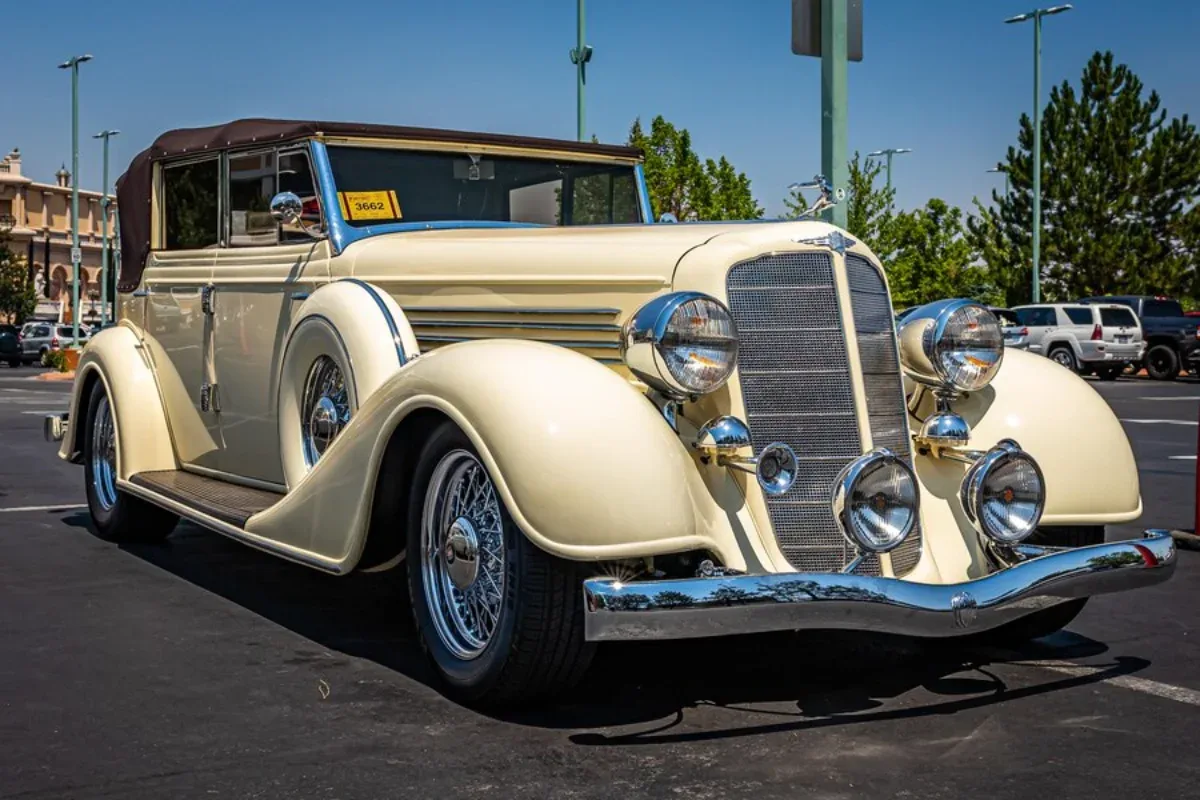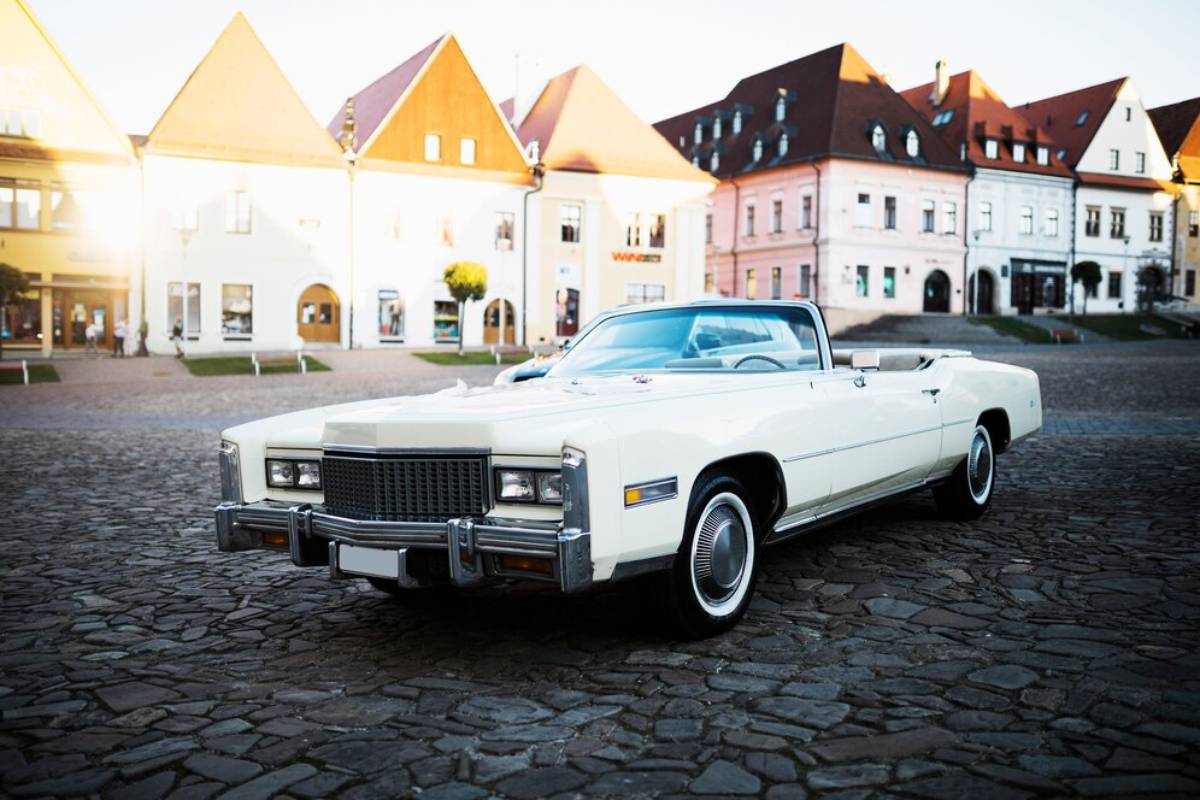
The Rarest Classic Cars and Their Investment Potential
Classic cars have long been admired for their style, craftsmanship, and nostalgia—but in recent years, they’ve also gained recognition as serious investment assets. Among them, rare classic cars stand out not just for their beauty or performance but for their scarcity, history, and potential to appreciate in value.
From ultra-limited production runs to models with motorsport heritage or celebrity connections, certain collectable vehicles have become prized by collectors around the world. But what gives these cars their value? And how viable is a classic car investment in today’s market?
In this post, we’ll explore some of the rarest classic cars ever made, what makes them so special, and why they continue to capture both hearts and headlines.
What Makes a Classic Car Rare?
Rarity can stem from several factors, including:
- Limited production numbers
- Prototype or pre-production status
- Motorsport pedigree
- Unique design features or innovations
- Celebrity ownership or cultural impact
- Survivability (few examples still in existence)
When these elements combine with a strong brand heritage, a car’s desirability and value can increase significantly over time.
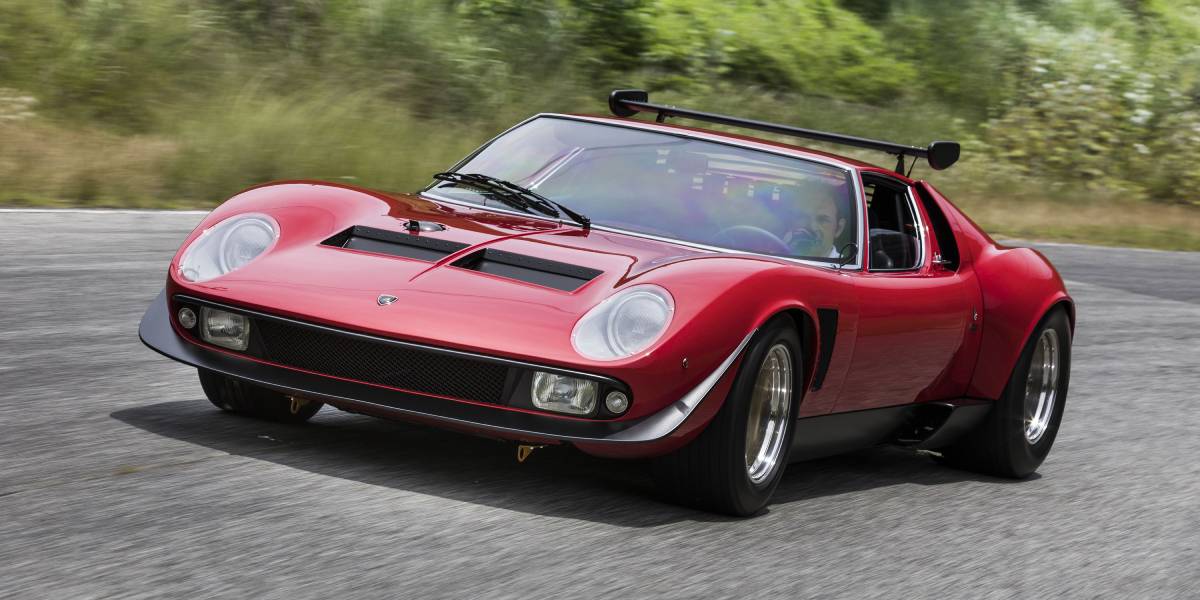
1. Ferrari 250 GTO (1962–1964)
Why It’s Rare:
Only 36 units were ever made. Originally built for homologation into GT racing, the 250 GTO is a masterpiece of performance and design.
Investment Potential:
The 250 GTO holds the record for some of the most expensive car sales in history, including private transactions over £50 million. Its value has consistently risen over decades.
Why It’s a Top Investment: A perfect storm of rarity, racing history, and Ferrari pedigree makes this the gold standard of classic car investment.
2. Aston Martin DB4 GT Zagato (1960–1963)
Why It’s Rare:
Only 19 original Zagato-bodied DB4 GTs were produced. Handcrafted in Italy, they featured a lighter, more aerodynamic design than the standard DB4 GT.
Investment Potential:
Auction prices have exceeded £10 million. Additional “continuation” models have been made, but original cars remain highly sought-after.
Why It’s a Top Investment: Combines British engineering with Italian styling in a package coveted by collectors globally.
3. Mercedes-Benz 300SL Gullwing (1954–1957)
Why It’s Rare:
Over 1,400 coupe versions were produced, famous for their upward-opening “gullwing” doors and innovative fuel injection system.
Investment Potential:
Well-preserved models regularly sell for over £1 million, with rare colour combinations or low-mileage examples commanding a premium.
Why It’s a Top Investment: A technological icon and one of the most recognisable silhouettes in automotive history.
4. Porsche 550 Spyder (1953–1956)
Why It’s Rare:
Roughly 90 units were built. Known for its lightweight build and mid-engine layout, the 550 earned fame on the track and notoriety as the car James Dean was driving when he died.
Investment Potential:
Examples can sell from £3–6 million, depending on history and condition.
Why It’s a Top Investment: Its racing legacy and cultural mystique make it one of the most respected collectable vehicles in the Porsche lineage.
5. Bugatti Type 57SC Atlantic (1936–1938)
Why It’s Rare:
Only four were made, and only two are confirmed to exist in original condition today. This Art Deco-era masterpiece is regarded as one of the most beautiful cars ever created.
Investment Potential:
Estimated values are well over £40 million. Sales are rare and usually private.
Why It’s a Top Investment: This is the definition of ultra-rare. Its value lies not just in scarcity but in unmatched elegance and historical importance.
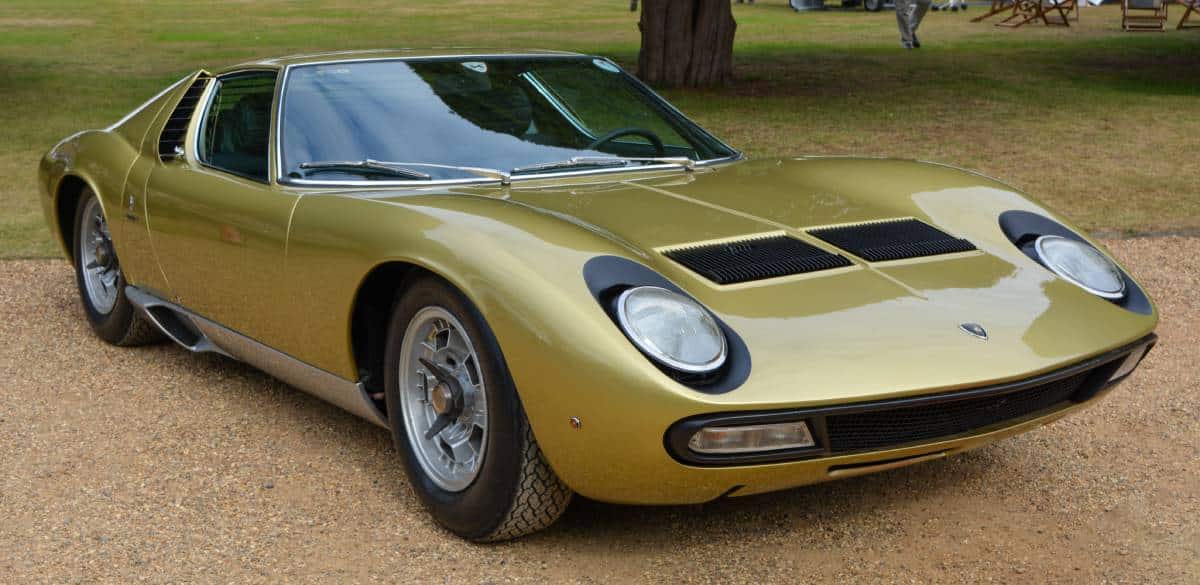
6. Lamborghini Miura SVJ (1970s)
Why It’s Rare:
A handful of Miura’s were modified to “SVJ” spec—racing-inspired versions with performance and cosmetic upgrades.
Investment Potential:
Far rarer than standard Miura models, SVJs have sold at auction for over £3 million.
Why It’s a Top Investment: As Lamborghini’s first supercar, the Miura already holds strong value—the SVJ version only amplifies its appeal.
7. Jaguar XKSS (1957)
Why It’s Rare:
Intended as a road-going version of the D-Type race car, only 16 of the planned 25 XKSS units were completed due to a factory fire.
Investment Potential:
Today, these command prices of £10–15 million. Jaguar even built nine “continuation” models in 2016, sold to select clients.
Why It’s a Top Investment: A rare blend of racing DNA and street legality, with a tragic backstory that adds to its legend.
Rarity and the Collector’s Mindset
Beyond statistics and market value, collectors often seek rare classic cars for emotional reasons:
- The thrill of owning something nearly no one else has
- A deep appreciation for craftsmanship
- A desire to preserve automotive history
- The joy of driving something truly unique
These personal factors play a significant role in the collectable market—and often drive auction prices well beyond initial estimates.
Investment Considerations for Collectible Vehicles
While classic car investment can yield high returns, it’s not without risks. Here are a few key things to keep in mind:
1. Provenance Matters
Original documentation, matching numbers, and known ownership history can significantly affect value.
2. Condition is Critical
Restored cars may be beautiful, but unrestored originals often hold more value—especially with rare models.
3. Maintenance and Storage
Collectable vehicles require specialised care, proper storage, and regular servicing, all of which factor into the total cost of ownership.
4. Market Trends
While rare cars often hold their value, economic shifts and changing tastes can influence demand.
Are Rare Classic Cars Worth the Investment?
In many cases, yes. Certain models have shown consistent appreciation over decades, outperforming some traditional assets. But unlike stocks or real estate, classic cars also provide joy, status, and tangible heritage.
Benefits of investing in rare classic cars:
- Portfolio diversification
- Tangible enjoyment—cars can be driven, shown, and celebrated
- Limited supply protects value
- Enthusiast communities add lasting value beyond money
Final Thoughts: Beauty, Scarcity, and Value
Rare classic cars represent the perfect marriage of engineering brilliance, timeless design, and exclusivity. For those passionate about both cars and collecting, these collectable vehicles are more than machines—they’re stories on wheels, preserved for generations.
Whether you’re a seasoned investor or a passionate enthusiast looking to make a meaningful classic car investment, rarity is a powerful place to start. But like all things worth having, it pays to do your research, plan carefully, and invest not just with your wallet—but with your heart.
